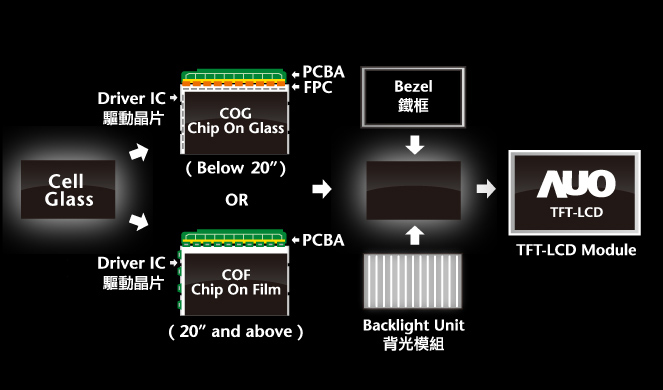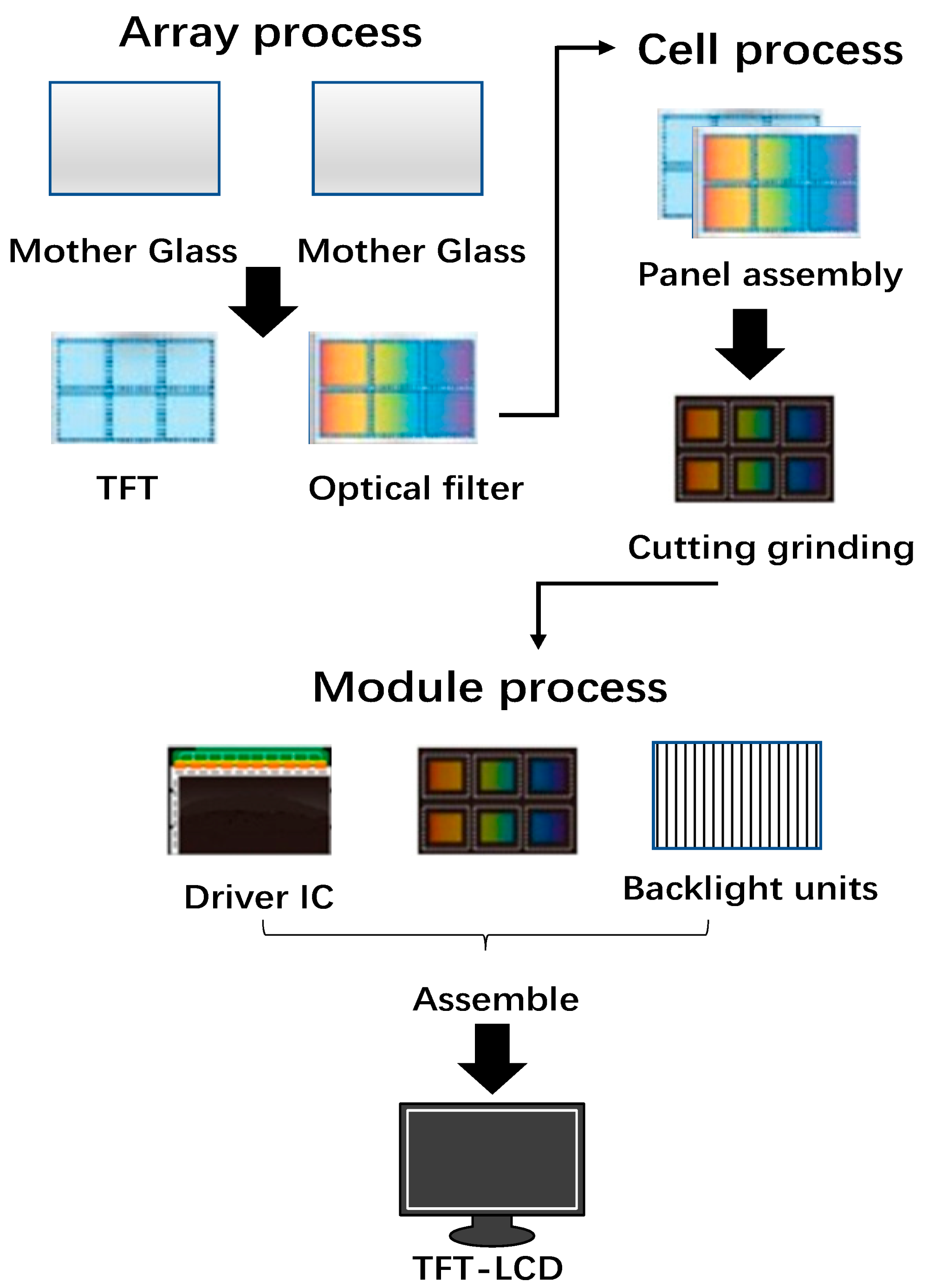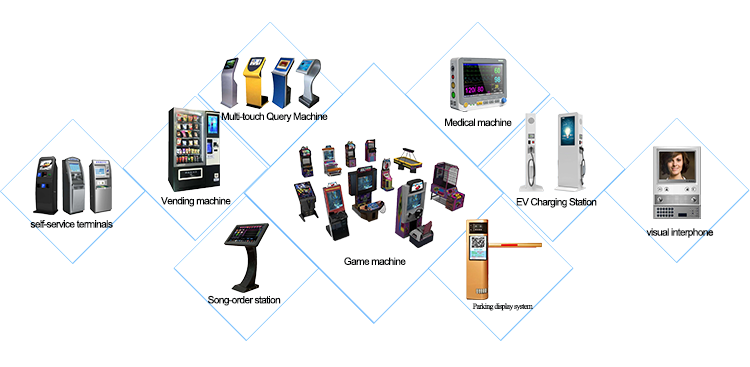Learn about the complex process of LCD module manufacturing, including quality control and common challenges. Discover solutions to enhance production efficiency.
LCD (Liquid Crystal Display) technology has completely changed the electronics sector by providing a high-resolution, energy-efficient, and lightweight display choice. TVs, computers, mobile phones, and digital cameras are just a few examples of the many electronic gadgets that utilise LCD modules, an integral part of LCDs. To guarantee the quality, dependability, and affordability of these items, it is crucial to comprehend the LCD module manufacturing process.

Overview of the LCD Module Manufacturing Process

The production of LCD modules involves a number of intricate steps. Here is an outline of the procedure in detail:
Glass Substrate Preparation
The preparation of the glass substrate is the first stage in the manufacture of an LCD module. The glass substrate is polished, cleaned, and then shaped and sized to the specifications.
Alignment Layer Deposition
The glass substrate is first prepared, and then an alignment material layer is applied. The liquid crystal molecules' orientation may be managed with the aid of the alignment layer.
Photo Mask and Exposure
The display pattern is then transferred to the alignment layer using a picture mask in the following step. The alignment layer and photo mask are lined up, and then the exposure procedure is utilized to transfer the pattern from the photo mask to the substrate.
Etching and Cleaning
After exposure, the alignment layer is not exposed is removed by etching.
Cell Assembly
Two glass substrates are put together with a tiny space between them during the cell manufacturing step. Liquid crystal material is used to close this gap, and the cell is then sealed to stop leaking.
Polarizer and Backlight Assembly
The top of the cell has a polarizer film connected, while the rear of the cell has a backlight. The backlight illuminates the display, while the polarizer film regulates the polarization of the light.
Quality Control and Testing during LCD Module Manufacturing
In order to guarantee the quality and dependability of LCD modules, quality management and testing are essential. In order to make sure the LCD modules satisfy the necessary requirements, a number of tests are carried out during the production process.
Optical Inspection
The precision of the pattern transfer and the alignment of the liquid crystal molecules are examined using optical inspection.
Electrical Testing
To confirm that the LCD modules work properly and adhere to the necessary requirements, electrical testing is done.
Environmental Testing
The performance of the LCD module under various environmental circumstances, such as temperature, humidity, and vibration, is evaluated by environmental testing.
Common Challenges and Solutions in LCD Module Manufacturing

There are various difficulties involved in the production of LCD modules. Following are some of the most typical problems and their answers:
Dust and Contamination
The quality and dependability of LCD modules can be impacted by contamination and dust. Dust and contamination are avoided by using techniques like clean rooms and air filters.
Yield Improvement
Increased yield is necessary to guarantee cost-effectiveness. To increase yield, cutting-edge manufacturing techniques and materials are applied.
Production Efficiency
Production efficiency is increased through effective production methods like automation and lean manufacturing techniques.
Conclusion
The production of LCD modules is a multi-stage, intricate process. To create high-quality, dependable, and cost-effective LCD modules, it is crucial to ensure quality control and testing, handle frequent issues, and maximize production efficiency.



